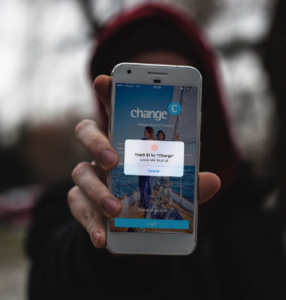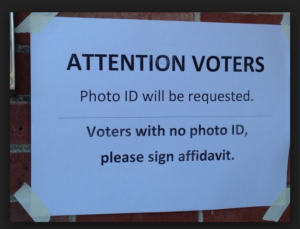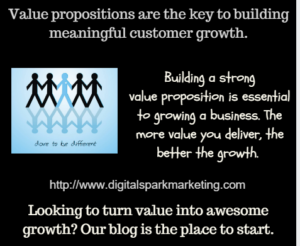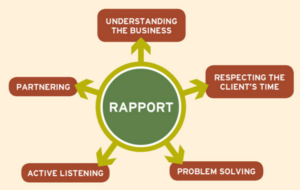Two decades ago, author James Belasco wrote a business best seller “Teaching the Elephant to Dance.” It was all about helping companies and organizations to embrace change. If it were written today, it would be all about embracing change and how collaboration works in commerce.
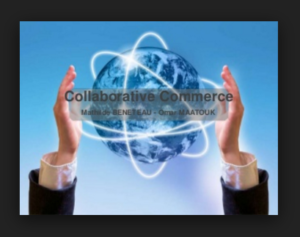
Collaboration drives creativity because innovation always emerges from a series of sparks – never a single flash of insight.
Ken Sawyer
Before we continue, let me ask you a question.
Have you tried collaborative commerce design in your business? We would love to hear about your experiences. Would you do us a favor and post it in the comments section below? Be the one who starts a conversation.
In a recent article in Harvard Business Review, Bain & Co. partner Michael Mankins estimates that while a typical executive in the 1970’s might have received 1,000 messages a year, that number has skyrocketed to more than 30,000 today and argues that we may “have reached the point of diminishing returns.”
I think just about everyone can see his point. Today, the amount of meetings, emails and IM’s we receive can seem overwhelming and it’s increasingly hard to find uninterrupted quiet time to focus and concentrate. However, the nature of work has changed. The real reason that we communicate more is because, today, we need to collaborate more to be effective.
Related post: 10 Entrepreneur Lessons You Need to Know
Before I tell you more about this business book, let me tell you a personal, but related, story a friend shared with me. It is told from his viewpoint.
A few weeks ago, I was shuffling toward the garage with a steaming cup of coffee in one hand and the morning paper in the other. What began as a typical Saturday morning turned into one of those lessons that life seems to hand you from time to time? Let me tell you about it:
I turned the dial up into the phone portion of the band on my ham radio to listen to a Saturday morning swap net. Along the way, I came across an older sounding chap, with a tremendous signal and a golden voice. You know the kind; he sounded like he should be in the broadcasting business. He was telling whomever he was talking with something about “a thousand marbles.” I was intrigued and stopped to listen to what he had to say.
“Well, Tom, it sure sounds like you’re busy with your job. I’m sure they pay you well, but it’s a shame you have to be away from home and your family so much. Hard to believe a young fellow should have to work sixty or seventy hours a week to make ends meet. It’s too bad you missed your daughter’s dance recital,” he continued; “Let me tell you something that has helped me keep my priorities.” And that’s when he began to explain his theory of a “thousand marbles.”
“You see, I sat down one day and did a little arithmetic. The average person lives about seventy-five years. I know, some live more, and some live less, but on average, folks live about seventy-five years.
Now then, I multiplied 75 times 52, and I came up with 3,900, which is the number of Saturdays that the average person has in their entire lifetime. Now, stick with me, Tom, I’m getting to the important part.
It took me until I was fifty-five years old to think about all this in any detail,” he went on, “and by that time I had lived through over twenty-eight hundred Saturdays. I got to thinking that if I lived to be seventy-five, I only had about a thousand of them left to enjoy. So I went to a toy store and bought every single marble they had. I ended up having to visit three toy stores to round up 1,000 marbles. I took them home and put them inside a large, clear plastic container right here in the shack next to my gear.
Every Saturday since then, I have taken one marble out and thrown it away. I found that by watching the marbles diminish, I focused more on the really important things in life.
Shackled like powerful elephants, companies and organizations become forever to their past, like my friend in his garage that morning. Like many of us, indeed.
“But, we’ve always done it that way” should be a powerful warning sign, a symptom of impending disaster for us all. It most often robs us of the ingenuity required to meet new competitive challenges and focusing us instead on short-term band-aids versus long term solutions.
Collaboration works … collaborative commerce
I suppose the author chose the elephant analogy to illustrate how big, lumbering companies typically lack agility and don’t respond quickly to change. The truth be known, responding quickly to change in the marketplace is not a problem of just large companies and organizations, it applies to us all, regardless of size.

I doubt that even Mr. Belasco anticipated the kind of changes that would be jolting companies two decades later. How the internet would transform nearly element of business and make their business models much more dependent on all sorts of business collaboration. With the rise of collaborative commerce, corporate elephants not only have to dance, but they also have to perform choreographed numbers in rhythm with other elephants.
What if someone had suggested, 20 years ago, that you share information about your customers, do joint advertising, share information systems, or even totally outsource your supply chain?
Not surprisingly, my guess would be that you would have totally dismissed all those suggestions without a passing thought. Same probably goes true even five years ago.
Now … not so fast! These are precisely the kind of steps that many companies of all sizes are taking today. And even more surprising, these types of alliances are beginning to account for more and more business revenue.

Collaboration and trust in the workplace …. benefits
Our discussions with many companies lead us to these conclusions. Ask most companies and they will tell you why they’ve given up trying to do everything themselves. It has to do with decision-making speed, speed to market, faster expertise, business growth and expansion, and risk reduction.
Listen to them, and they will tell you it is collaboration or suffocation.

So what are you doing to get started in collaborative commerce? Please share a story or two about your experiences.
Need some help in finding ways to grow your customers? Such as creative ideas to help the differentiation with potential customers? Or perhaps finding ways to work with other businesses?
Call today for a FREE consultation or a FREE quote. Learn about some options to scope your job.
Call Mike at 607-725-8240.
So what’s the conclusion? The conclusion is there is no conclusion. There is only the next step. And that next step is completely up to you. But believe in the effectiveness of collaborative innovation. And put it to good use in adapting to changes in your business environment.
It’s up to you to keep improving your learning and experience with innovation and creativity efforts. Lessons are all around you. In this case, your competitor may be providing the ideas and or inspiration. But the key is in knowing that it is within you already.
All you get is what you bring to the fight. And that fight gets better every day you learn and apply new lessons.
When things go wrong, what’s most important is your next step.
Try. Learn. Improve. Repeat.
When things are not what you want them to be, what’s most important is your next step. Call today.
Are you devoting enough energy to improving your continuous learning for yourself and your team?
Mike Schoultz is the founder of Digital Spark Marketing, a digital marketing and customer service agency. With 40 years of business experience, he blogs on topics that relate to improving the performance of your business. Find them on G+, Twitter, and LinkedIn.
Digital Spark Marketing will stretch your thinking and your ability to adapt to change. We also provide some fun and inspiration along the way. Call us for a free quote today. You will be amazed how reasonable we will be.
Check out these additional articles on business lessons from our library:
The Business Intelligence Process Part 3 Competitive Analysis
Competitive Growth Strategy … the Story of In-N-Out Burger
Collaboration and Partnerships Are Key to Business Growth
Like this short blog? Follow Digital Spark Marketing on LinkedIn or add us to your circles for 3-4 short, interesting blogs, stories per week.
For more reading on innovation and adapting to change, click here.










